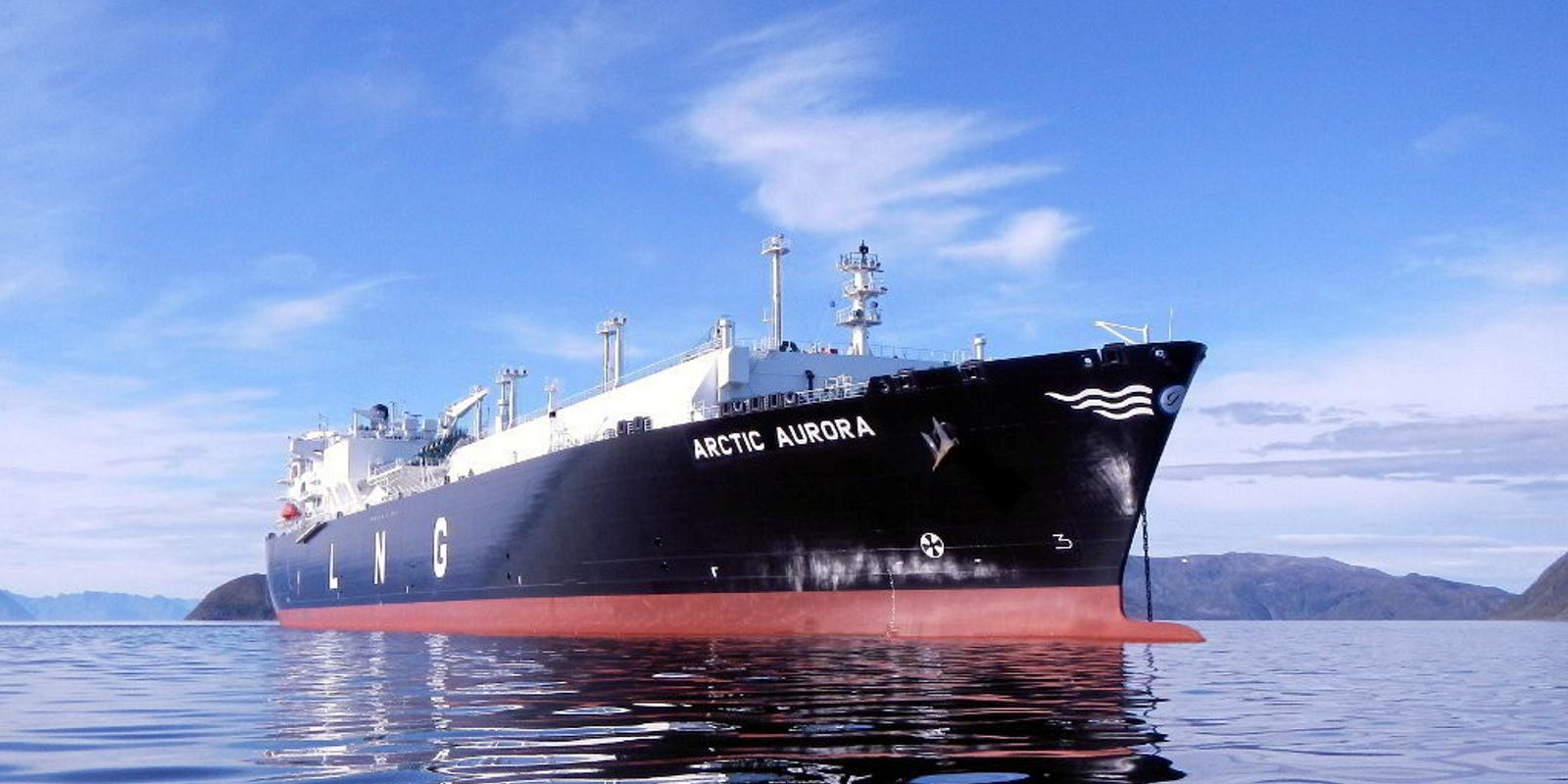Around 17% of the global LNG carrier fleet is due to be removed from service, according to Dynagas LNG Partners.
On a results call, chief executive Tony Lauritzen said that according to shipbroker Fearnleys, global LNG production currently amounts to 473 million tonnes per annum. But another 205m tonnes is under construction and due to come online before 2030.
He said this amounts to a 40% increase in liquefaction capacity. Some 40% of this will come from the US, 25% from Qatar and the remaining from projects in Russia, Africa, Australia, Canada and Mexico, with other projects in the process of taking final investment decisions.
Lauritzen detailed that the existing LNG carrier fleet stands at around 630 vessels with the newbuilding orderbook at 46% of the fleet, excluding those berths already reserved for QatarEnergy and Mozambique LNG. He said if these are declared it will push the orderbook to 56% of the fleet.
Despite the large orderbook, Lauritzen said that just 23 LNG newbuildings remain uncommitted to a time-charterer.
Lauritzen said: “Although the increase in fleet capacity is well above the increase in liquefaction capacity, we believe that older and smaller vessels — in particular vessels under 140,000 cbm representing about 17% of the global LNG carrier fleet will be phased out.”
The CEO said Dynagas LNG Partners — which operates a six-ship fleet fixed on long-term time charters until 2028 — believes LNG plays a pivotal role in building a future with reduced emissions.
“The demand for LNG is projected to continue as the world progressively shifts away from coal and other fossil fuels in favour of cleaner energy sources.”
He said natural gas has a relatively low emissions profile when combusted and flagged up its use for power generation and existing global infrastructure for production, storage and distribution.
“We maintain a positive outlook on the long-term prospects of LNG shipping,” he added.





